|
|
|
 How to make Iburigakko How to make Iburigakko |
Cultivation and harvest of Japanese radish
The main ingredient of Iburigakko, traditional white Japanese radish, or “daikon”, has been cultivated in this area for many years.
Today, however, green neck radish, called “aokubi-daikon”, is more popular than the white daikon used for Iburigakko. So Kimuraya has special contracts with local farmers to grow our particular radish. |
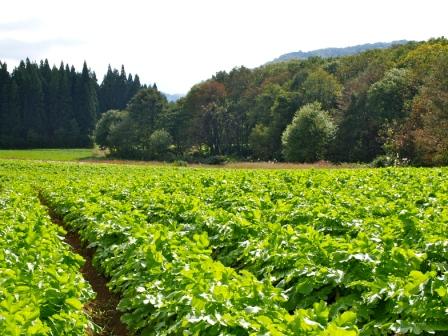
|
 
|
The variety of white radish is too firm and bitter to eat in regular cooking, but it is most suitable for Iburigakko due to its taste, flavor and texture.
Local farmers sow the seeds between August and the beginning of September. Then, they harvest the radish between October and the beginning of December.
|
|
Weaving & Hanging
Having fresh radish is the most important part when making Iburigakko. Thus, from the moment the pickles are pulled from the ground, we start smoking them no later than the evening of the next day.
|

|
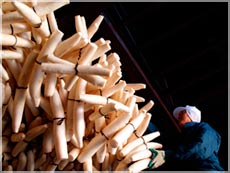 |
So, after harvest, we quickly weave together batches of 8-10 radishes with string. Then, in 10kg bundles, we hang the radishes in a smokehouse.
|
Smoking and drying
During smoking, we burn sweet-smelling woods such as oak, cherry, and beech trees to add to the flavor. We carefully monitor the fires to keep them burning continuously for four to five days. This old fashioned method of smoking can be very taxing.
|
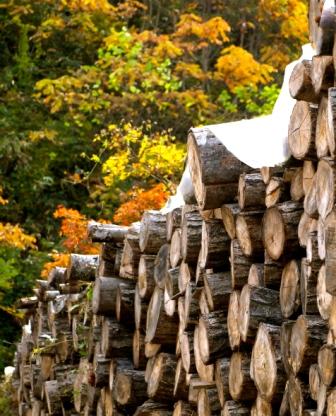 |
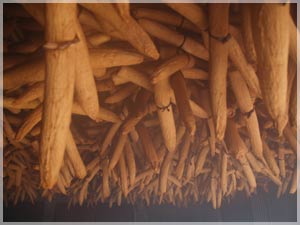 |
We adjust the fires according to many conditions, such as outside temperatures, humidity, and the quality of the radish. It takes many years to acquire the skills needed to properly and evenly smoke the radishes.
|
Pickling
As soon as smoking is finished, we begin pickling on the same day. The radishes are pickled in barrels with rice-bran, salt and sugar.
Ogachino Kimuraya avoids artificial preservatives, coloring, antioxidants, sweetener, seasoning as much as possible, relying on organic processes and ingredients for pickling.
This enables us to produce pickles with a simple taste, keeping the smoked and natural flavors. |

|
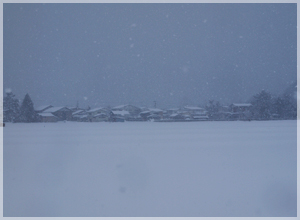 |
Ripeness
All that left is to wait for the pickles to ripen. In this time, the pickling houses are enveloped in cool air and snow.
After several months, we can hear a sound like “koppo, koppo” coming from the barrels. This is the sign that the pickling is complete.
|


|

